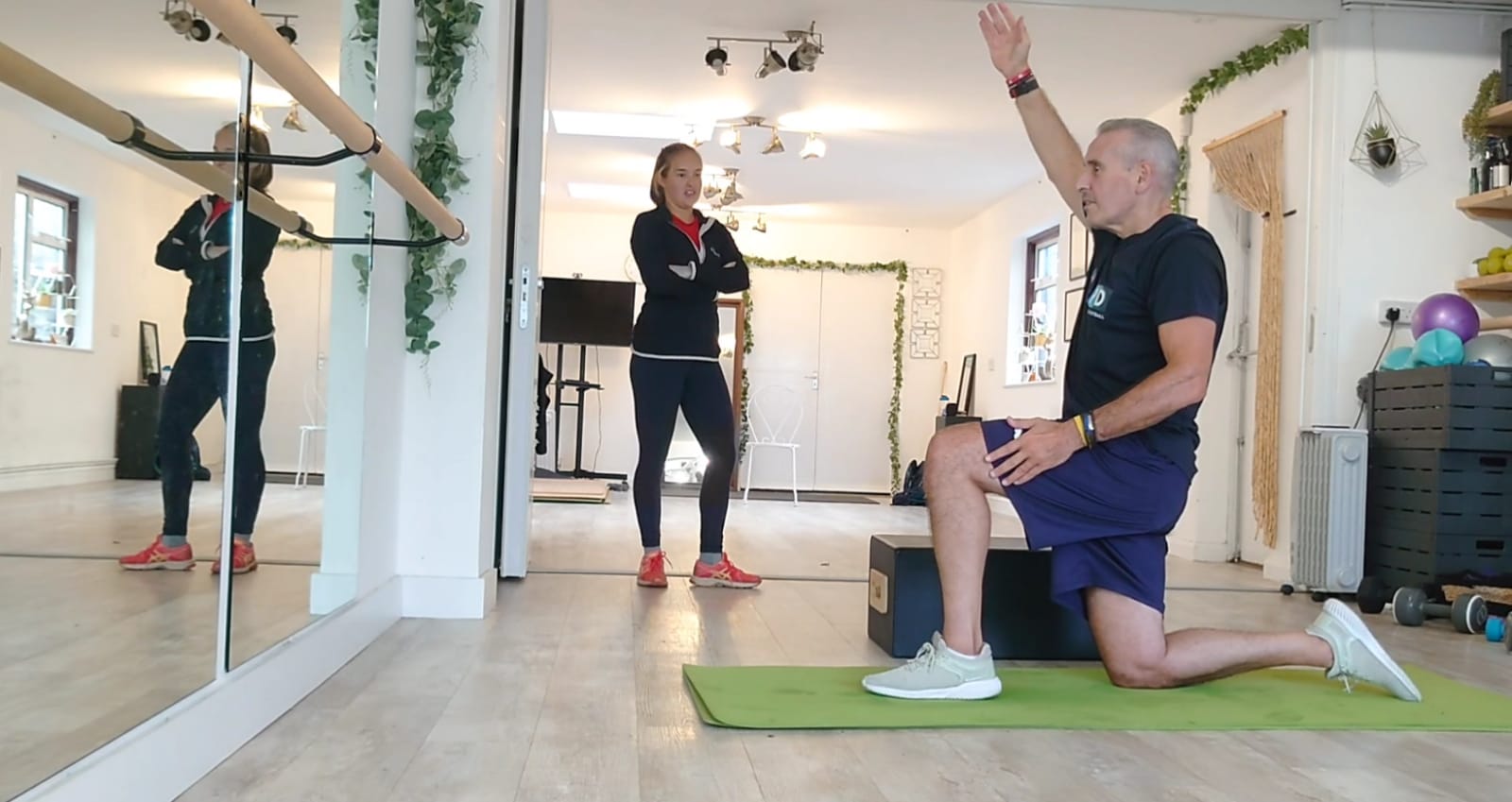
Exercise is beneficial for cancer patients pre, post and during treatment. In addition to helping cancer patients cope with their diagnosis, research has also suggested that exercise could play a key role in preventing cancer progression and prevents the risk of cancer recurrence.
Exercise in delaying disease progression and preventing risk of cancer recurrence
Exercise in delaying disease progression and preventing risk of cancer recurrence
Although the mechanism linking physical activity with cancer prognosis is unclear, research continues to hypothesise that physical activity may favourably encourage the concentration of inflammatory biomarkers consequently avoiding the creation of a tumour microenvironment. A number of studies have looked at exercise in rodents, similarly, finding that exercise has a preventative effect in cancer progression with resistance exercise mitigating tumour growth and tumour malignancy. Another way physical activity may lower cancer risk and prevent disease progression is through lowering oestrogen and insulin levels, both of which are associated with an increased risk of some cancers.
Although a lot remains to be learnt about the mechanisms involved in how physical activity influences cancer, it is clear that exercise is a safe and effective way of managing cancer related symptoms and side effects and may even delay disease progression and improve survival.
Exercise in managing symptoms
Which exercise is best?
In terms of which exercise is best, it remains that a combination of aerobic and resistance activity, results in greater outcomes. The dose and importance of aerobic versus resistance training may, however, depend more on the condition present as well as physical and clinical needs. Bounce Back training programmes and videos aims to help you tailor your exercise prescription to suit your individual nee
Although a lot remains to be learnt about the mechanisms involved in how physical activity influences cancer, it is clear that exercise is a safe and effective way of managing cancer related symptoms and side effects and may even delay disease progression and improve survival.
Exercise in managing symptoms
- Helps individuals prepare for treatment
- Helps manage treatment related side effects including fatigue, lymphedema, osteoporosis, muscle wasting
- Reduces anxiety and depression
- Improves quality of life and prevents functional decline
- Improves recovery rate from cancer treatment
- Reduces time in hospital
- Helps individuals maintain a healthy weight
- Improves sleep
- Improves bone health
Which exercise is best?
In terms of which exercise is best, it remains that a combination of aerobic and resistance activity, results in greater outcomes. The dose and importance of aerobic versus resistance training may, however, depend more on the condition present as well as physical and clinical needs. Bounce Back training programmes and videos aims to help you tailor your exercise prescription to suit your individual nee
Sign up to receive your free Cancer Exercise Guidebook!
By downloading this free guide you will learn:
-
Tips on excercise for your symptoms
-
Tips on how to stay motivated
-
Tips from people with cancer
Write your awesome label here.


